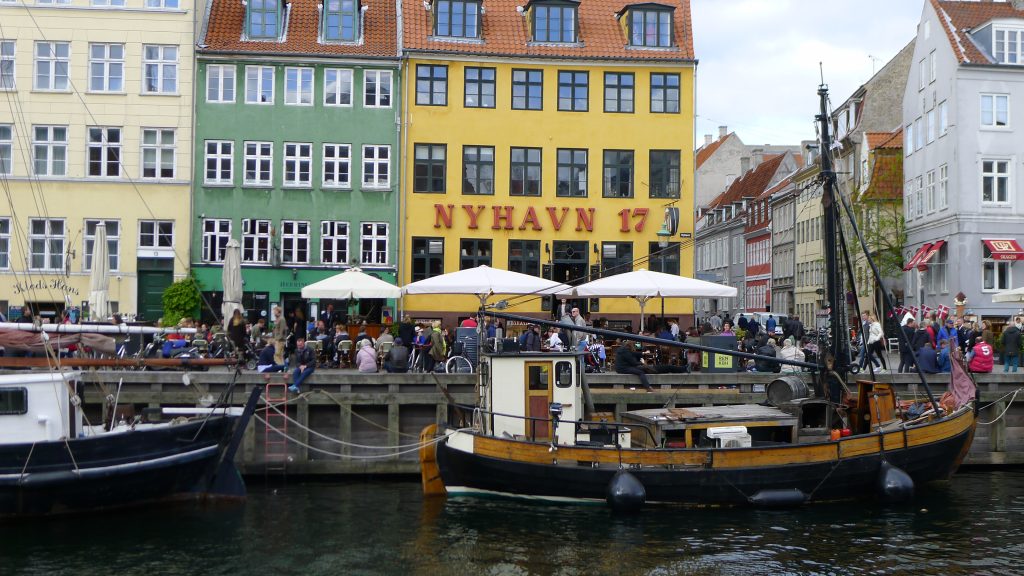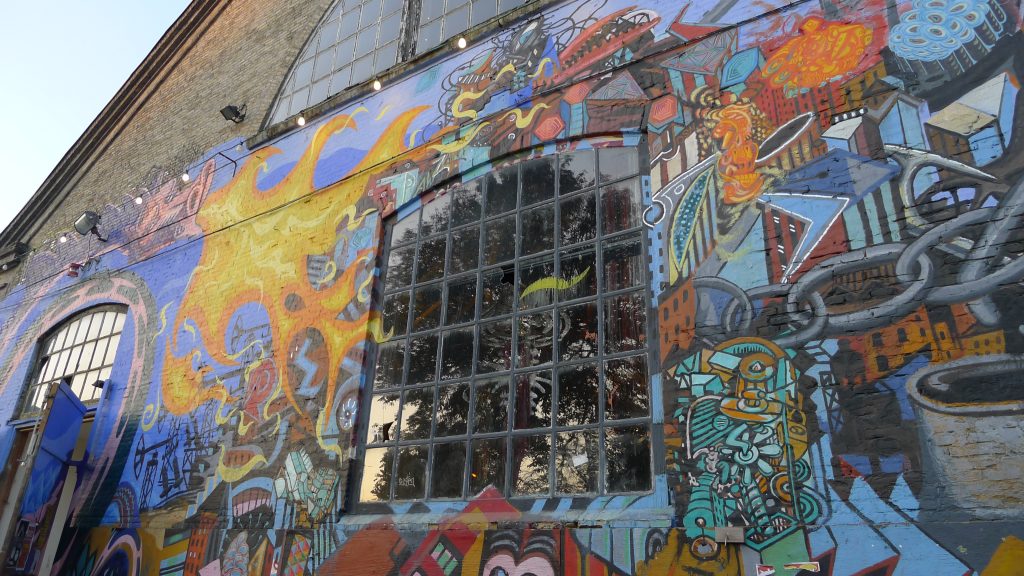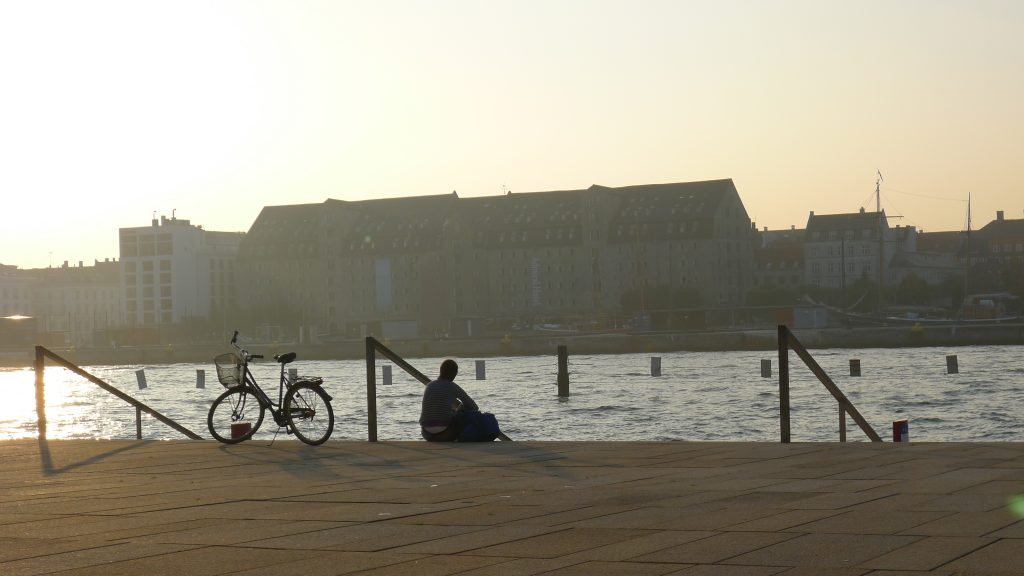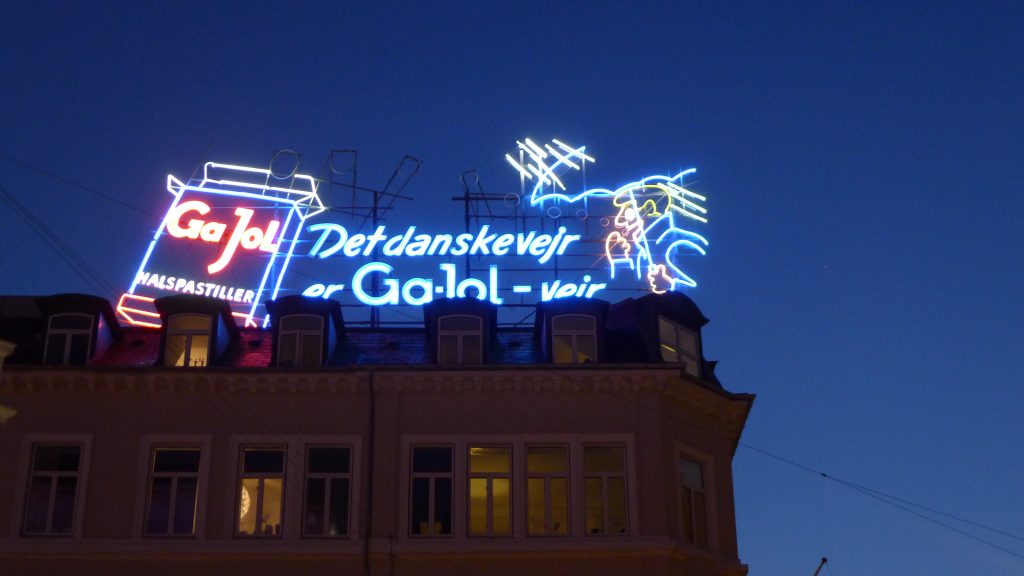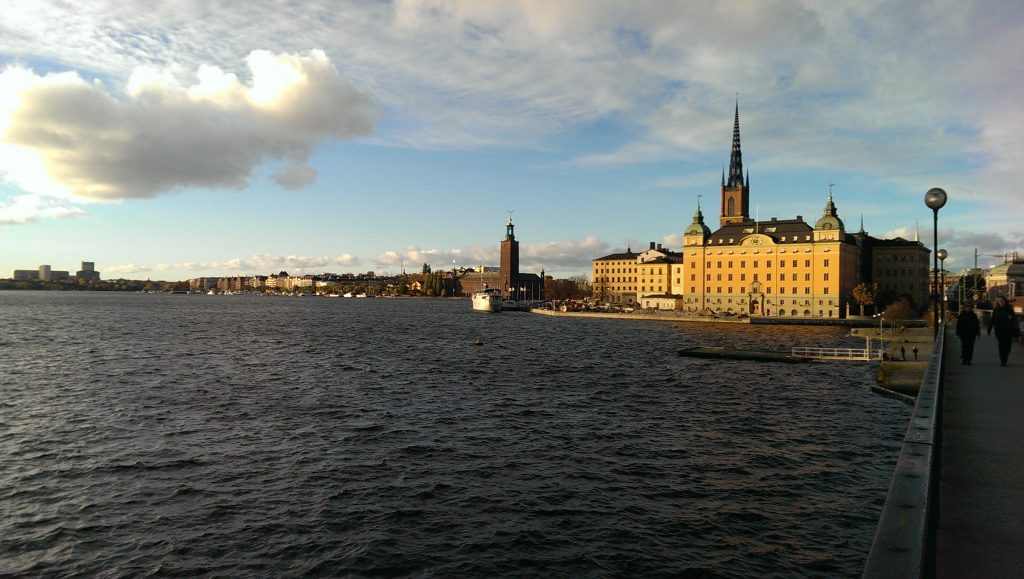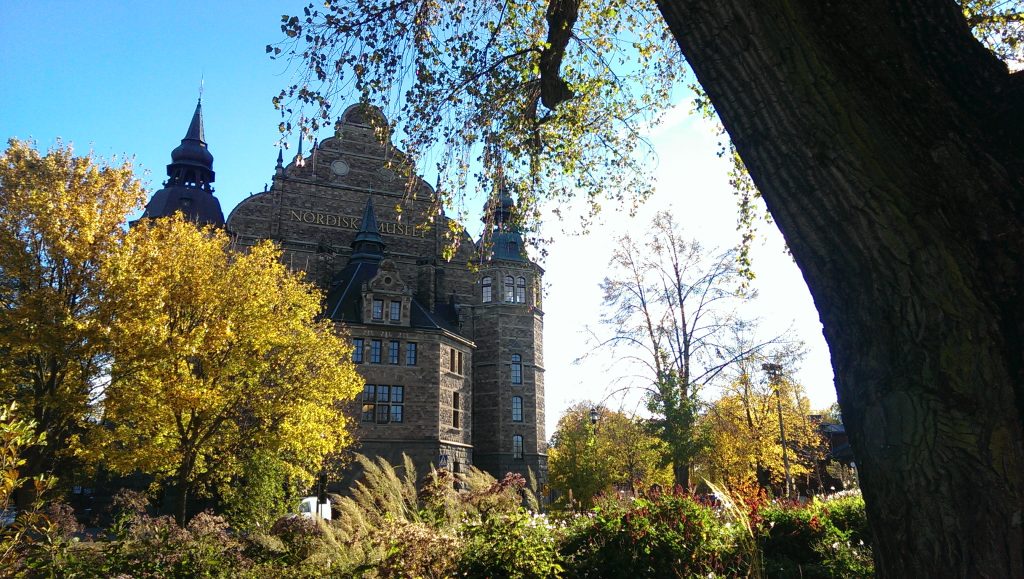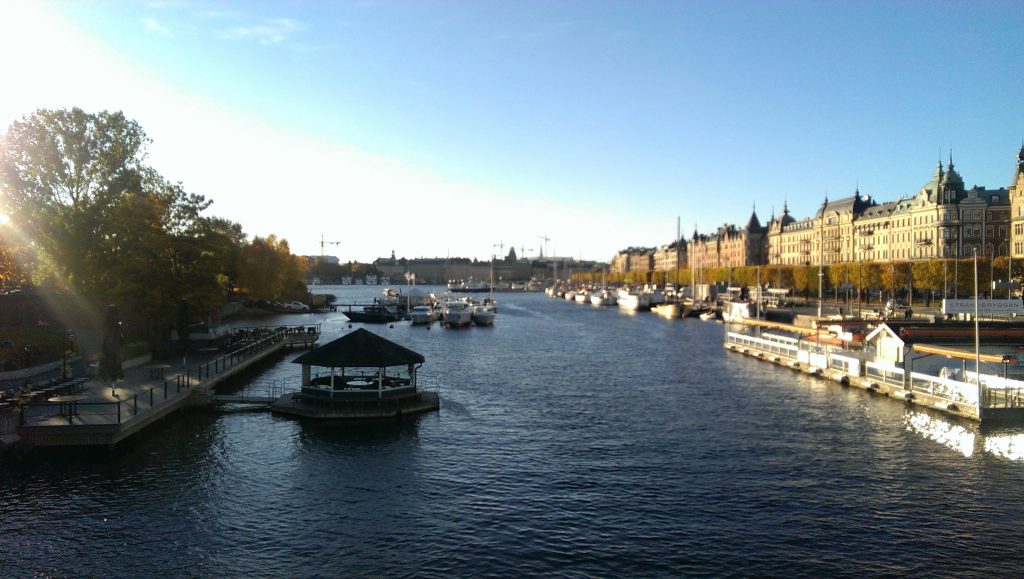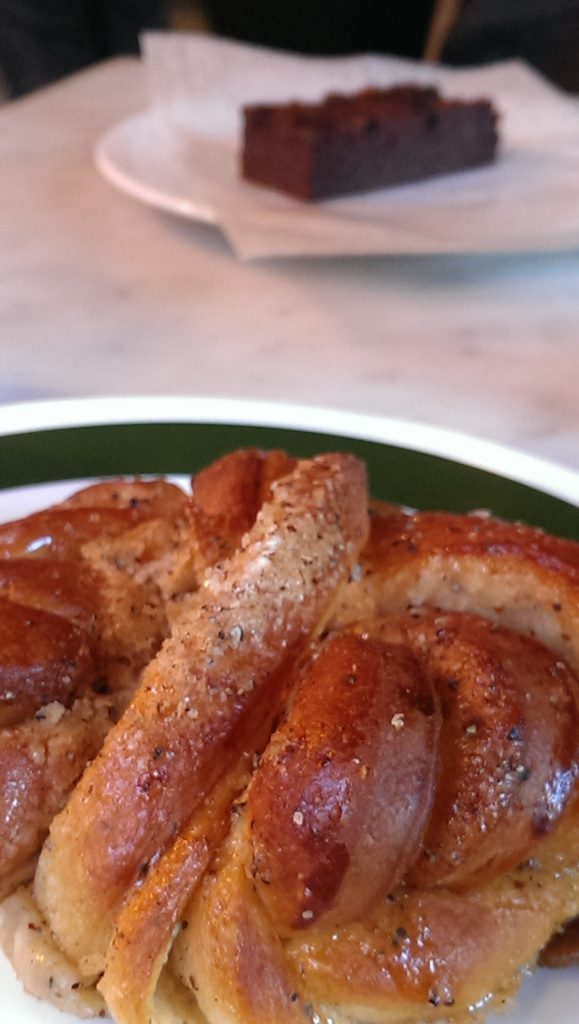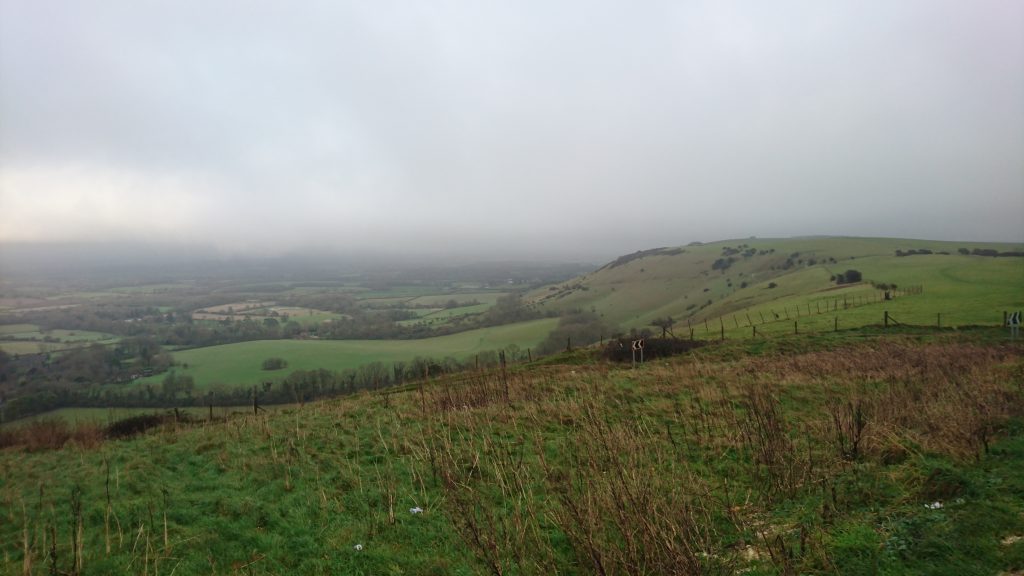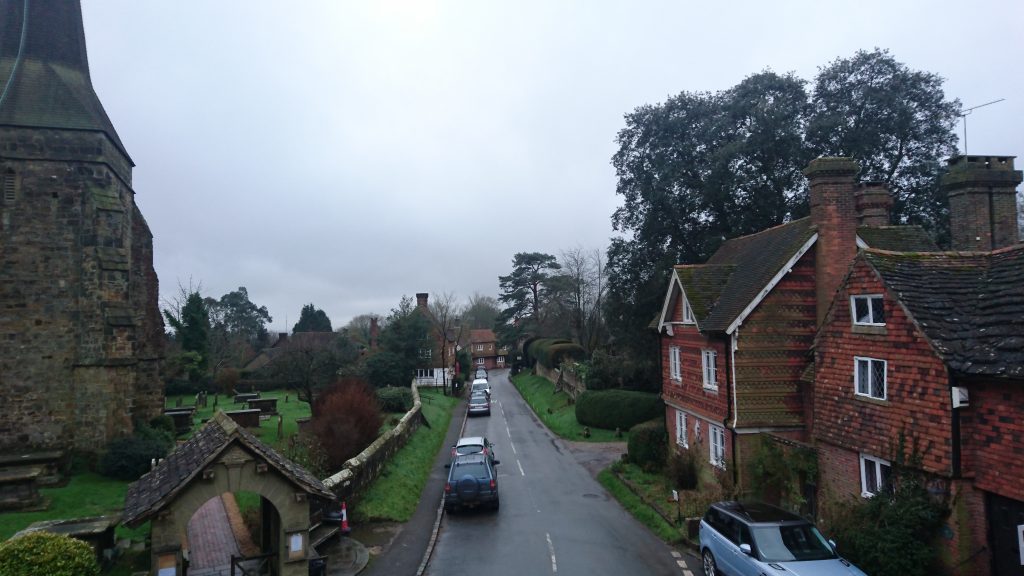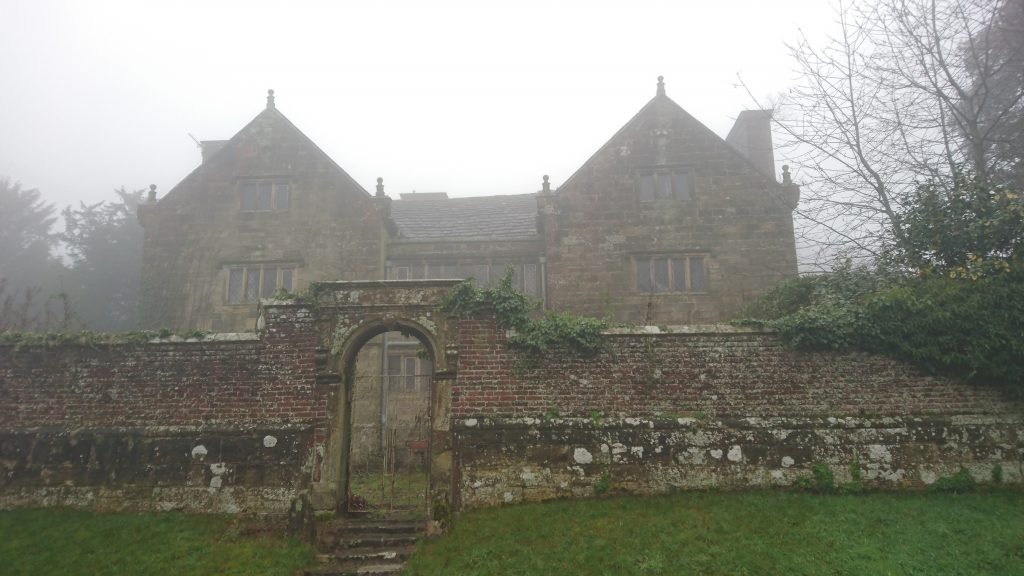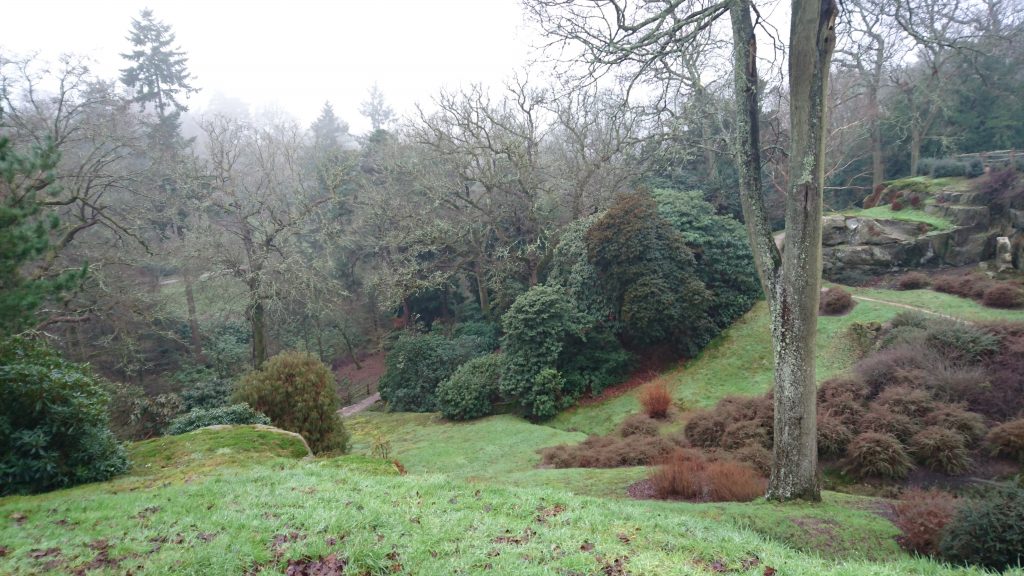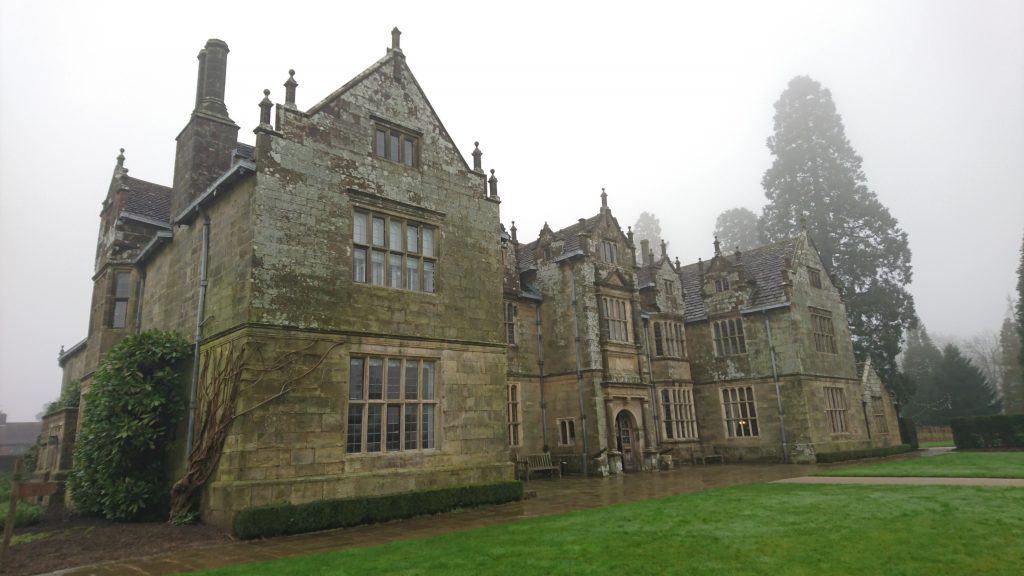There are some things that should be on every travellers bucket list and the Bergen Line railway is one that feels pretty mandatory. It really is a wonder of technology and a showcase of Norway’s beauty. I was lucky enough to take this train journey as me and a friend went to see why our friend had upped sticks to Norway. It became apparent pretty soon why he moved there. His website, on life as an expat in Norway is here.
On our first night in Oslo, we found ourselves invited to a party in a great old pub in the centre that fulfilled all my Scandinavian dreams of dark wooden beams, old tables and weird bar staff who claim only girls drink cider. Granted, the only cider on offer was the reliably girly Kopparberg, nothing like the manly scrumpy I drink in England. The Norwegians we met told us about the journey to Bergen and agreed it was average for the first few hours before becoming beautiful.
The journey is around seven hours and so I decided to sleep for the first 2 hours; when I woke I noticed the landscape had already changed dramatically to one of lakes and big hills…not quite mountains. Even this landscape was undeniably impressive!

The early stages of the train journey
A while later, as the landscape became ever more dramatic, the time came when words such as “epic” and “awesome” became default to describe the views from the windows, but equally they felt insufficient to the task of getting across just how… epic and awesome the landscape looked.

As the landscape changed, we became more and more excited, jumping from one seat to the next. This is where we found paying for the Comfort Class came in handy; it’s like First Class but still remarkably cheap for Norway. Nobody was in our way as we hopped from seat to seat and basically acted like we’d never been on a train before. For a one-way trip on the Oslo-Bergen railway, you’ll be looking at about £40. This may be the best deal in Europe.
One of the most arresting sights on the journey was a valley filled with mist. At the moment the mist was most apparent, the view cleared up and we could admire it in full.

Misty
We were able to track the temperature and the height above sea level on the train and over time, we noticed we were gaining altitude without ever being aware of it; the temperature outside was hovering close to zero and at every stop, we rushed out to take photos and just breath in the air that was bracing and sweetly scented. As we reached 600-800m above sea level we started to see the beginnings of snow in the distance and so we recommenced being as excited as puppies.

Lake Silencio
Little did we know as we spoke of how this was the most beautiful thing ever that in fact, we were seeing the pre-amble to ascending Europe’s highest mountain plateau where the beauty was cranked up to 11. Here, the mountains were dusted with snow, the lakes were half-frozen and it was hard work getting back on the train, such was the desire to just explore the area, move into a wooden hut with a grass roof and marry a woman called Helga.

Sigh
After we reached the peak, 1,222 metres above sea level at Finse, we could feel ourselves heading downwards, and the snow started to dissipate. It was a really surreal train journey, going from 10c in Oslo, to -3 in Finse, to 8c in Bergen, seeing the weather change so dramatically.The station at Myrdal, 880m above sea level, is the stop for the Flåm railway which is another trip I will have to do. It is Europe’s steepest railway line and looks every bit as spectacular as the Bergen line.

Myrdal Station
This journey is wonderful for anyone who is in Oslo and who fancies a day out that will live with you for years to come. For us three, the trip was just for the railway, we weren’t expecting Bergen to be as charming as it was. For a town that rains 220 days a year, it was utterly delightful and rain free!
More photos here! http://www.flickr.com/photos/mrbutler/sets/72157627868138499/


